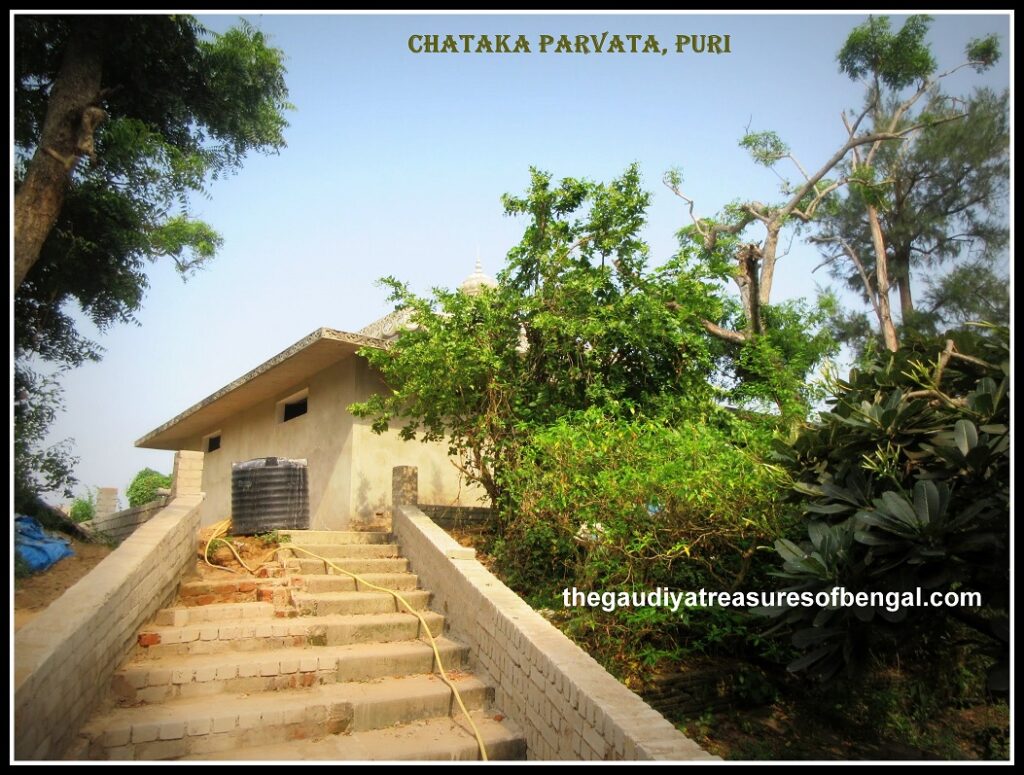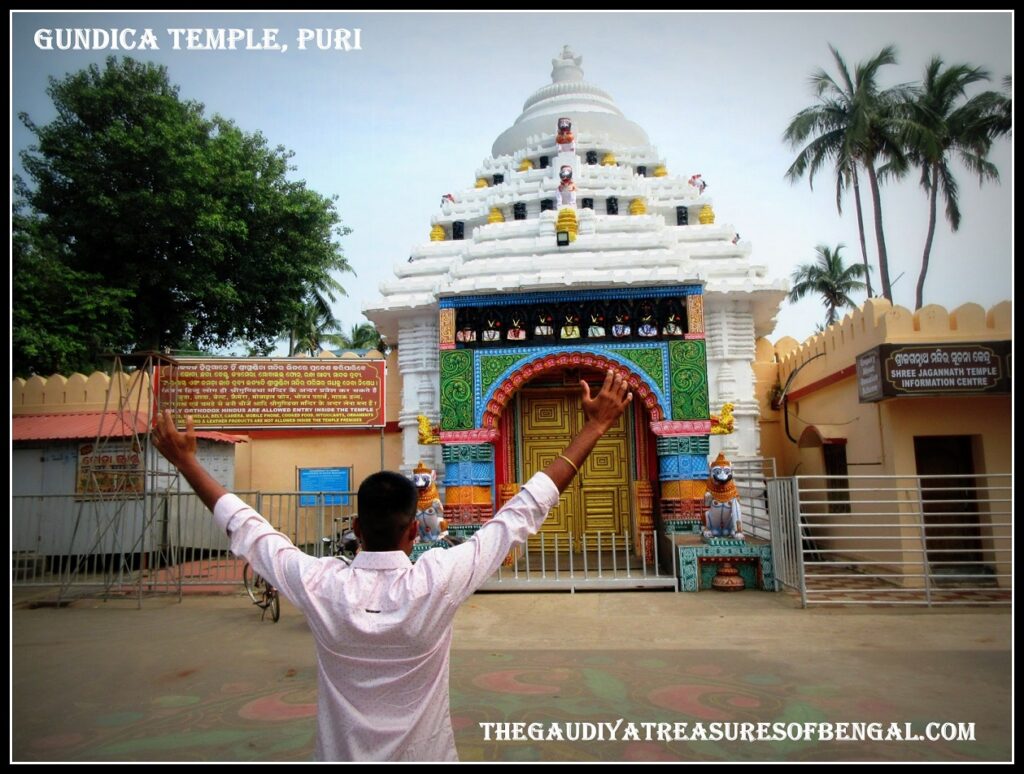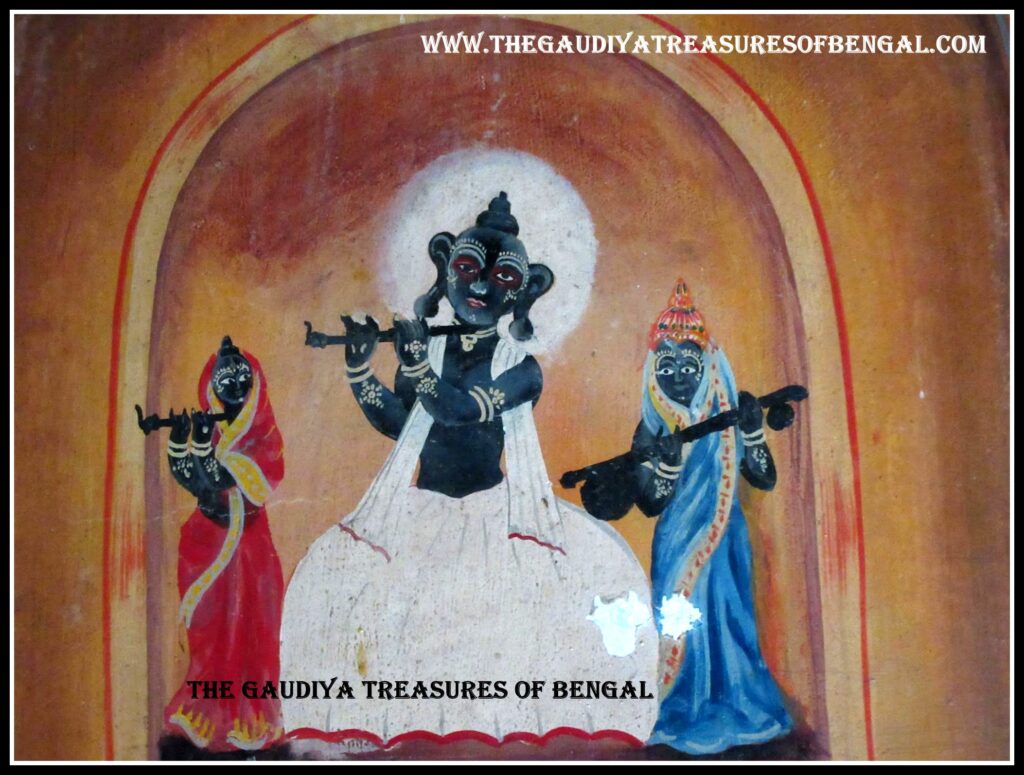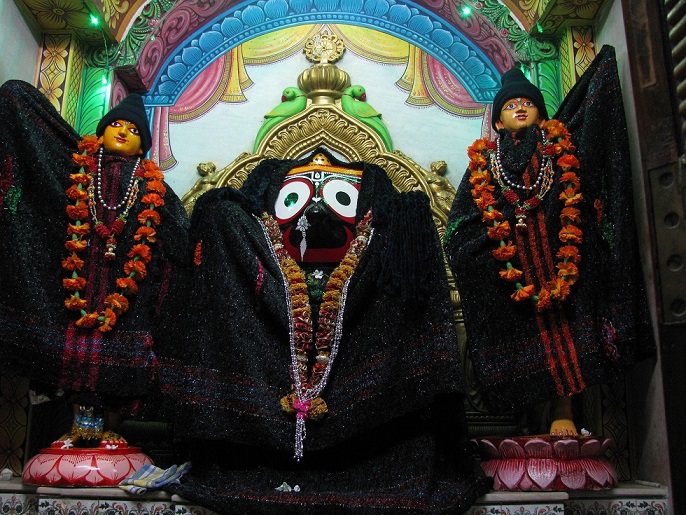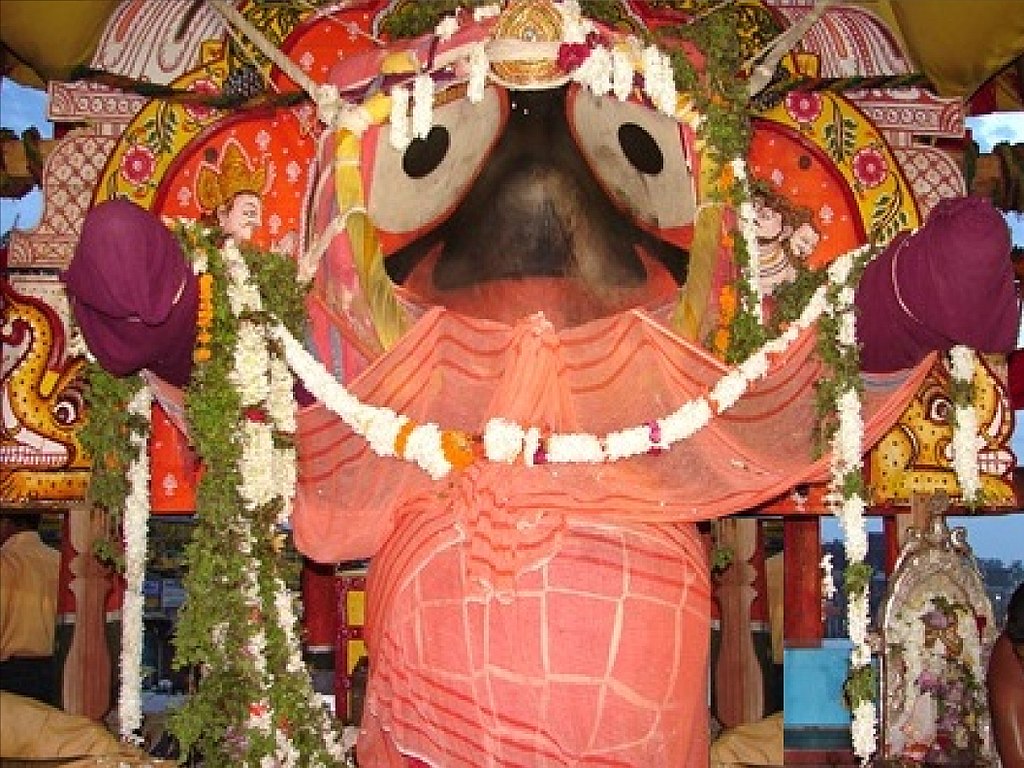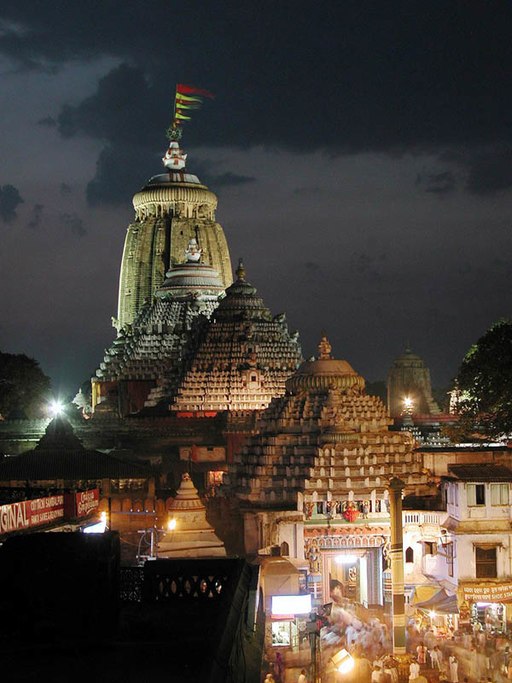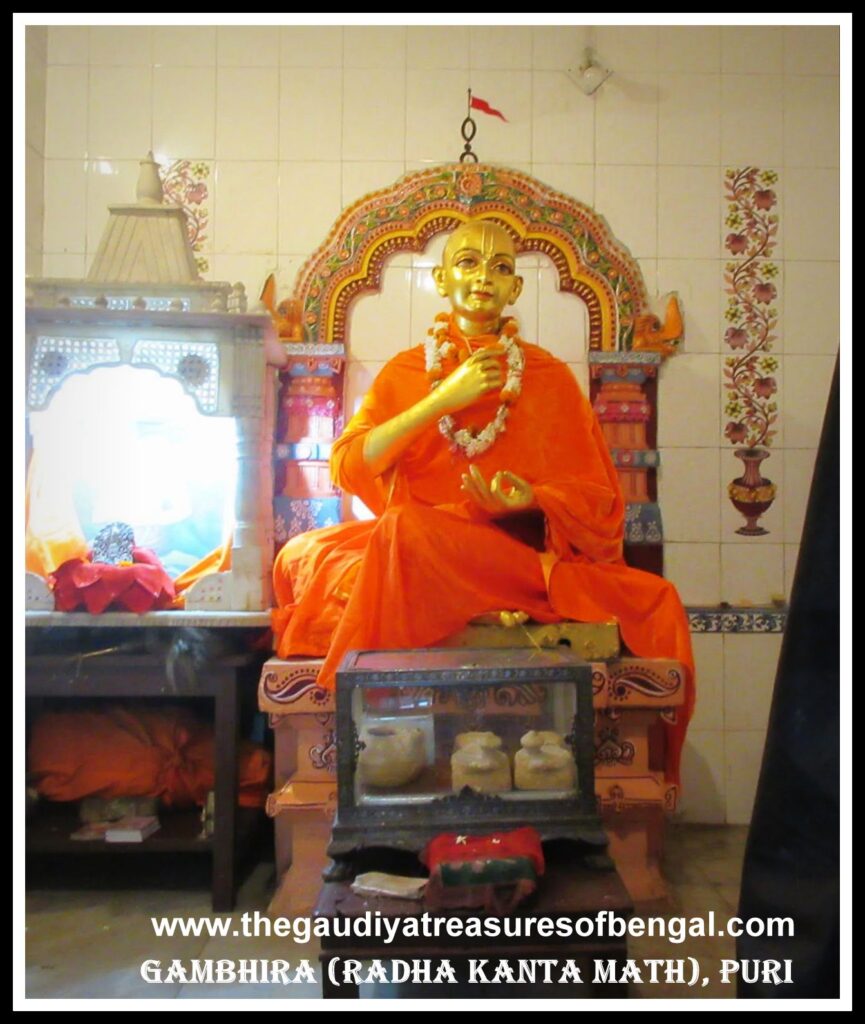
Gambhira is the house of Kasi Misra where Lord Chaitanya resided for the last twelve years of His manifested pastime. Gambhira is situated at Balisahi, to the southeast of Jagannath temple in Puri. The place has also come to be referred to as the ‘Radha Kanta Math’ because ‘Radha Kanta’, a beautiful deity of Sri Krishna, is also worshiped at this place. After accepting His sannyasa, Lord Chaitanya shifted from Bengal to Jagannath Puri. He initially stayed at the residence of Sarvabhauma Bhattacharya. But later, after He returned from His tour of South India, He accepted the Gambhira, the house of Kasi Misra, as His residence. It is described in Chaitanya Charitamrita, how the house of Kasi Misra became the residence for Chaitanya Mahaprabhu. When Sarvabhauma Bhattacharya requested the King for a nice, peaceful and solitary place for Chaitanya Mahaprabhu that would also not be far from the Jagannath temple, King Pratap Rudra deva considered and replied that Kasi Misra’s house would be the ideal place for the Lord’s stay.
raja kahe – aiche kasi misrera bhavana
thakurera nikata, haya parama nirjana
(Chaitanya Charitamrita, Madhya, 10.21)
–
The King replied, ‘Kasi Mira’s house is exactly what you require. It is adjacent to the Jagannath temple and also secluded, quiet, and serene’.
When Kasi Misra heard of the King’s desire, he considered himself to be very fortunate and was thrilled that Lord Chaitanya, the master of all devotees, would reside at his home. Lord Chaitanya was very pleased to see the residential quarters of Gambhira, in which all His necessities were taken care of. When Kasi Misra fell at the lotus feet of Chaitanya Mahaprabhu and surrendered himself, Lord Chaitanya embraced him and revealed to him His four-armed form.

